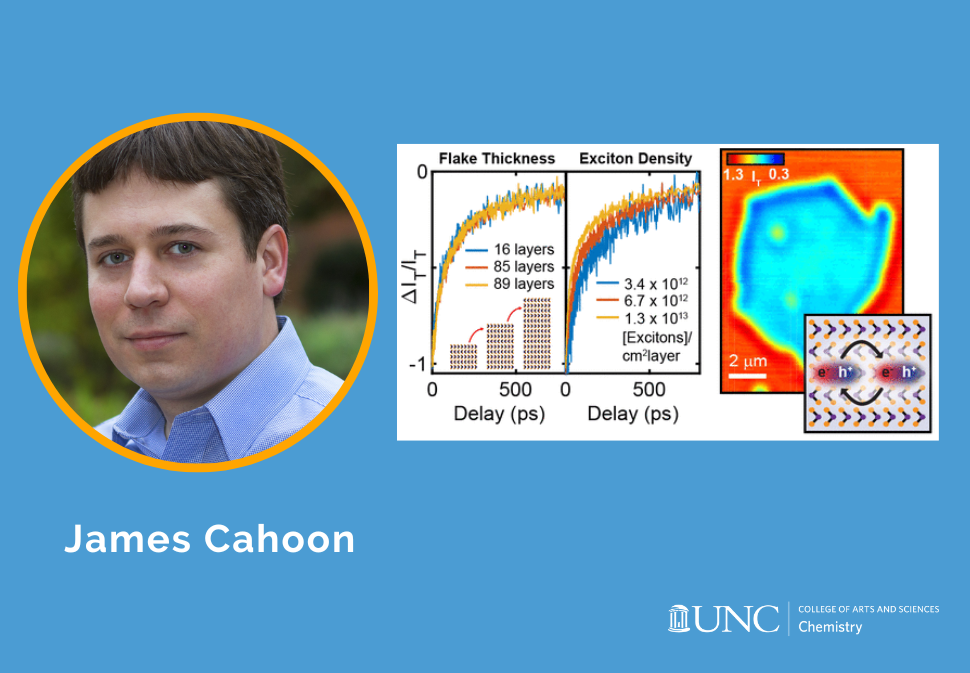Monolayer-like Exciton Recombination Dynamics of Multilayer MoSe2 Observed by Pump-Probe Microscopy
Abstract
Transition metal dichalcogenides (TMDCs) have garnered considerable interest over the past decade as a class of semiconducting layered materials. Most studies on the carrier dynamics in these materials have focused on the monolayer due to its direct bandgap, strong photoluminescence, and strongly bound excitons. However, a comparative understanding of the carrier dynamics in multilayer (e.g., >10 layers) flakes is still absent. Recent computational studies have suggested that excitons in bulk TMDCs are confined to individual layers, leading to room-temperature stable exciton populations. Using this new context, we explore the carrier dynamics in MoSe2 flakes that are between ∼16 and ∼125 layers thick. We assign the kinetics to exciton-exciton annihilation (EEA) and Shockley-Read-Hall recombination of free carriers. Interestingly, the average observed EEA rate constant (0.003 cm2/s) is nearly independent of flake thickness and 2 orders of magnitude smaller than that of an unencapsulated monolayer (0.33 cm2/s) but very similar to values observed in encapsulated monolayers. Thus, we posit that strong intralayer interactions minimize the effect of layer thickness on recombination dynamics, causing the multilayer to behave like the monolayer and exhibit an apparent EEA rate intrinsic to MoSe2 © 2024 American Chemical Society.
Citation
Cullen P. Walsh, Jason P. Malizia, Sarah C. Sutton, John M. Papanikolas, and James F. Cahoon
Nano Letters 2024 24 (4), 1431-1438
DOI: 10.1021/acs.nanolett.3c04754


